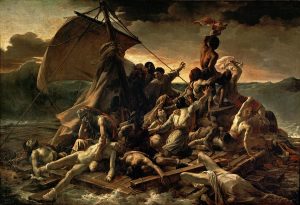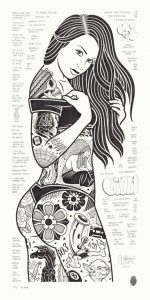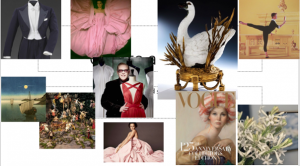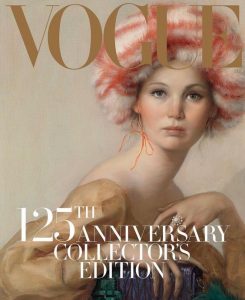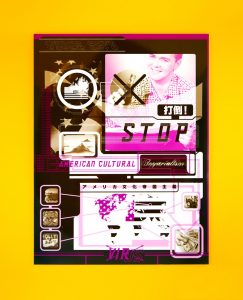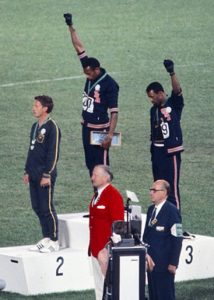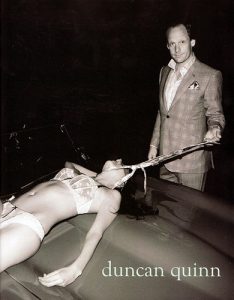 I decided to look at the image by Duncan Quinn as it was more distasteful to me. To me the image is worse than the other because of the dynamic between the guy and the girl in the photo. As a men’s suit company, I first would like to point out that there is no reason to have a woman in underwear in the photo at all. This is one of the first things that makes the picture seem that the man has grotesque hold over the woman in the image. This is unnecessary because the man is fully clothed why isn’t she.
I decided to look at the image by Duncan Quinn as it was more distasteful to me. To me the image is worse than the other because of the dynamic between the guy and the girl in the photo. As a men’s suit company, I first would like to point out that there is no reason to have a woman in underwear in the photo at all. This is one of the first things that makes the picture seem that the man has grotesque hold over the woman in the image. This is unnecessary because the man is fully clothed why isn’t she.
The second is the way the woman is modelling is like she isn’t modelling at all her, the lifeless look to her body almost seems like she is died or as in I think the advert is trying to represent she has no control over her body. I particularly find this disturbing because I have had friends and heard stories of woman getting drugged in clubs and bars and thus having no control over the situation their in. this is one of the first indicators that this ad is showing sexual assault or rape. A totally immoral way to advertise a suit.
As I looked up this ad I found that it was advertised in fashion magazines. This worries me even more because these companies have effectively viewed this and given it the okay which means many leaders of business think there is nothing wrong with this image and the backlash came only after it was published. In an age where children and teenagers can practically access anything or see anything they want to use laptops or even reading a magazine in a dental practice. This means that this image would have been viewed by ages which have not thoroughly been taught about these issues and think parents would find this very worrying.
Also, the way her neck is held by the tie makes it look like the woman is in pain bringing in an element of torture to the picture. Draped across a sports car I wouldn’t be sure this is what company would want to associate with there image. It is effectively saying if you wear this suit you’ll be able to do this to a woman which would never be true. I look at this book called advertising and societies it said ‘They found that females are more likely to be places in submissive positions; females are more often sexually displayed; and females are often the subjects of violent imagery.’ basically saying that this image is not alone in its depiction of woman. Which makes it even worse that more and more brands have found it okay to depict woman in this way and in effect promote rape and sexual assault culture.
In conclusion the use of the woman draped naked on the car is totally unnecessary and sends the wrong message to the public. It tries to make rape and sexual assault culture look cool and thus making men feel like they can do it especially if it is shown in popular fashion magazines which is totally outrages.
Frith, K. and Mueller, B. (2010). Advertising and societies. New York [etc.]: Peter Lang, p.97.

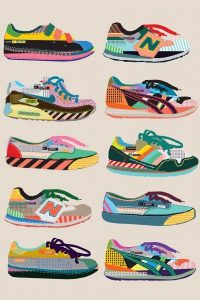
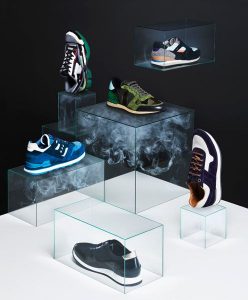 T
T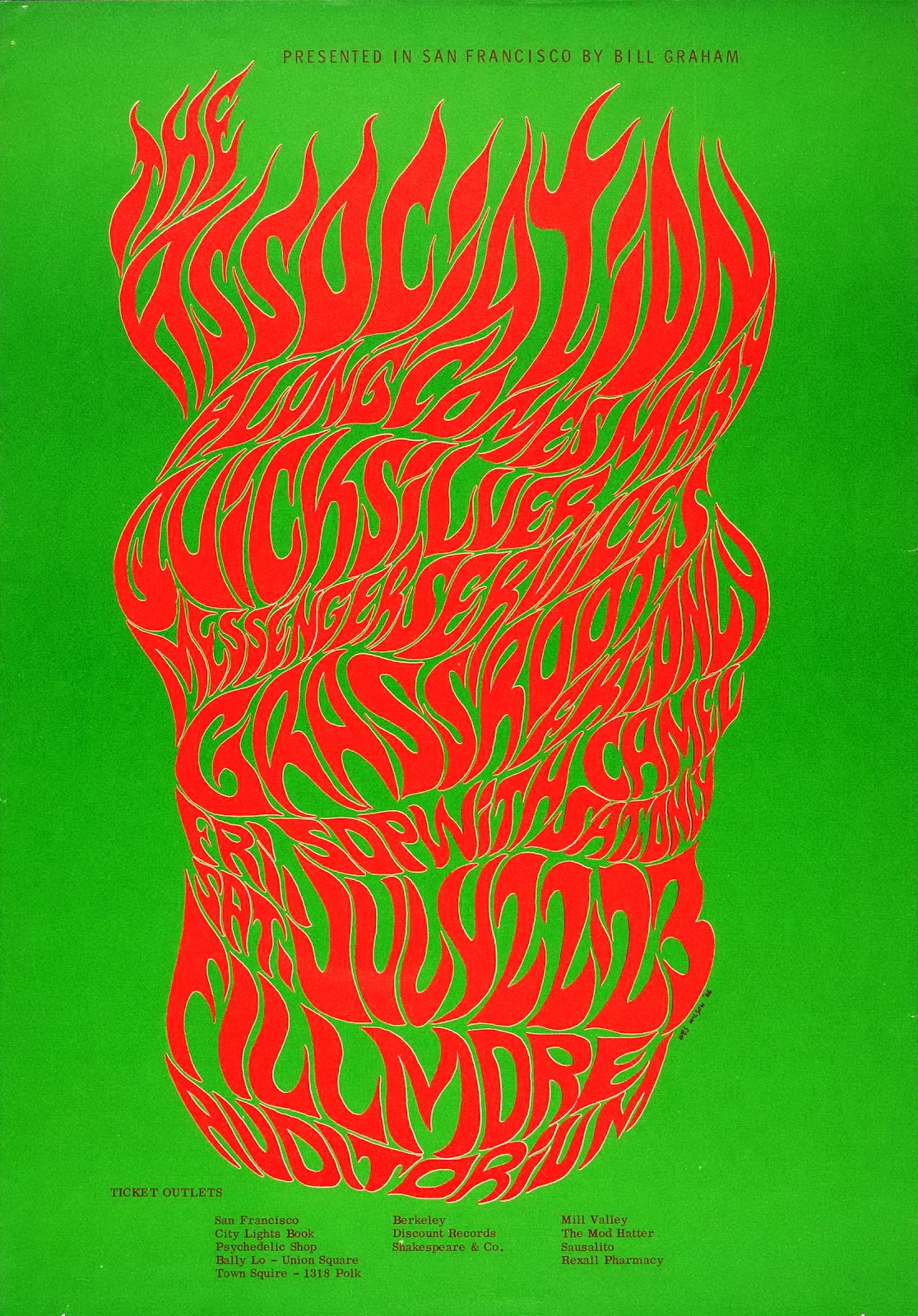
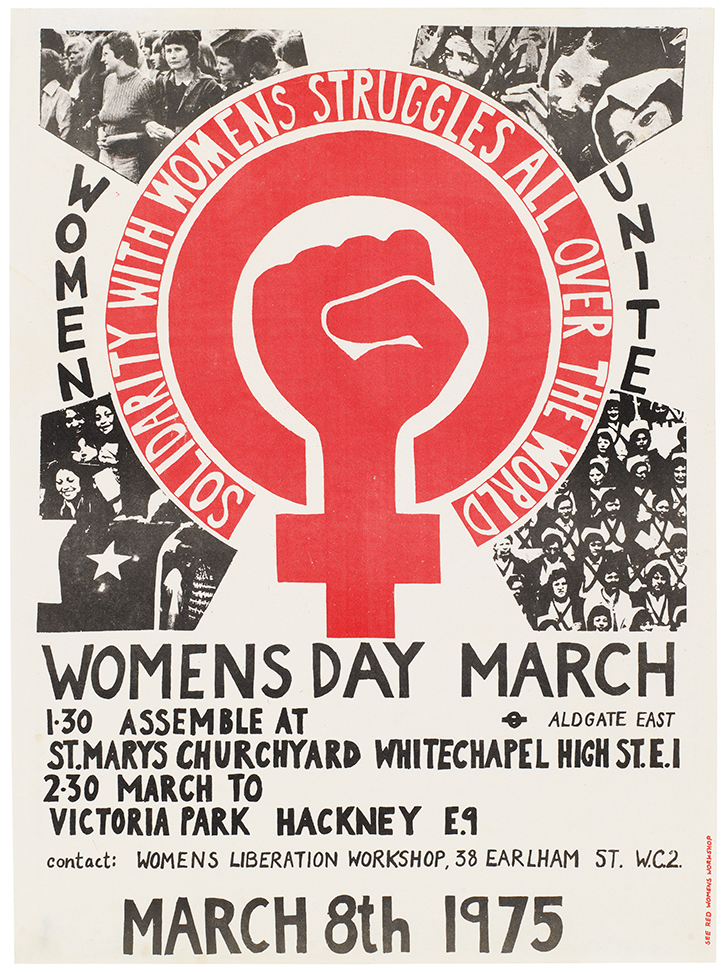
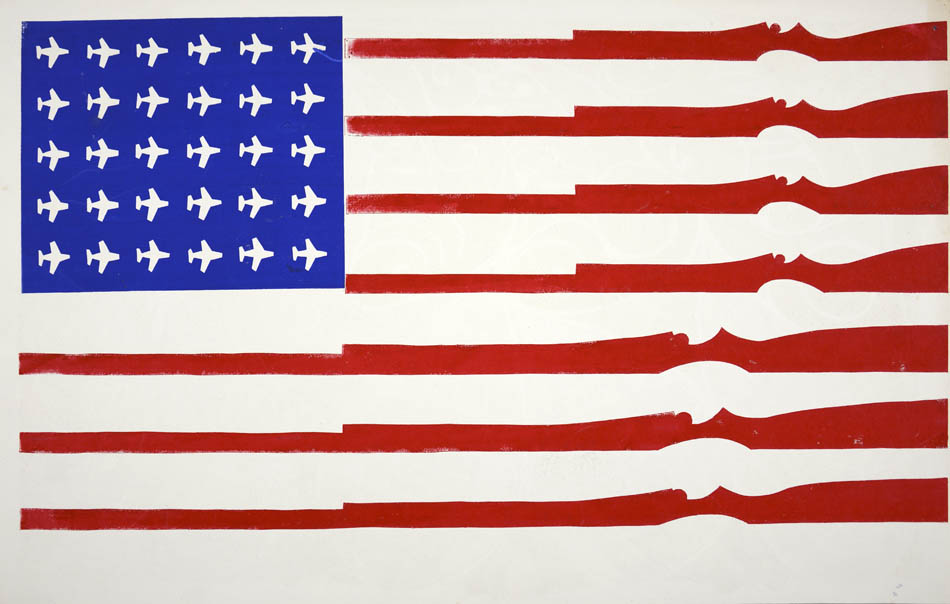
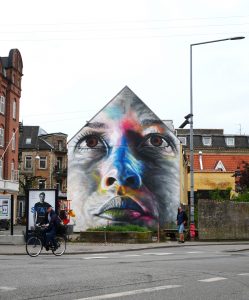 I love this piece by David Walker, whilst it has no specified meaning I find it to be a celebration of the human face, adding colour and flair to an infinitely recognised image. ‘The truth claim of a resemblance to the person portrayed simultaneously coexists with a claim to the repression of interiority or spirituality.’ (Soussloff, 2006) The scale of his work is also very impressive, I am a fan of working on a large scale, and these images decorate an area, rather than being stuck on one wall in one gallery. It opens his art up to a much wider audience. He makes his pieces in spray paint, which is a fun medium to use, that I want to use more in my own work, and in doing so he is deconstructing the idea that spray paint is a “vandal’s medium”.
I love this piece by David Walker, whilst it has no specified meaning I find it to be a celebration of the human face, adding colour and flair to an infinitely recognised image. ‘The truth claim of a resemblance to the person portrayed simultaneously coexists with a claim to the repression of interiority or spirituality.’ (Soussloff, 2006) The scale of his work is also very impressive, I am a fan of working on a large scale, and these images decorate an area, rather than being stuck on one wall in one gallery. It opens his art up to a much wider audience. He makes his pieces in spray paint, which is a fun medium to use, that I want to use more in my own work, and in doing so he is deconstructing the idea that spray paint is a “vandal’s medium”.